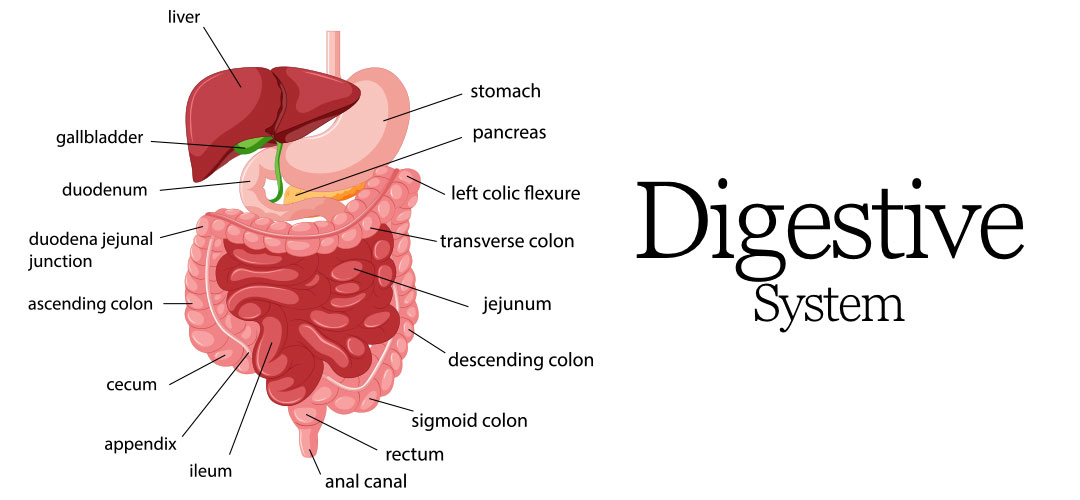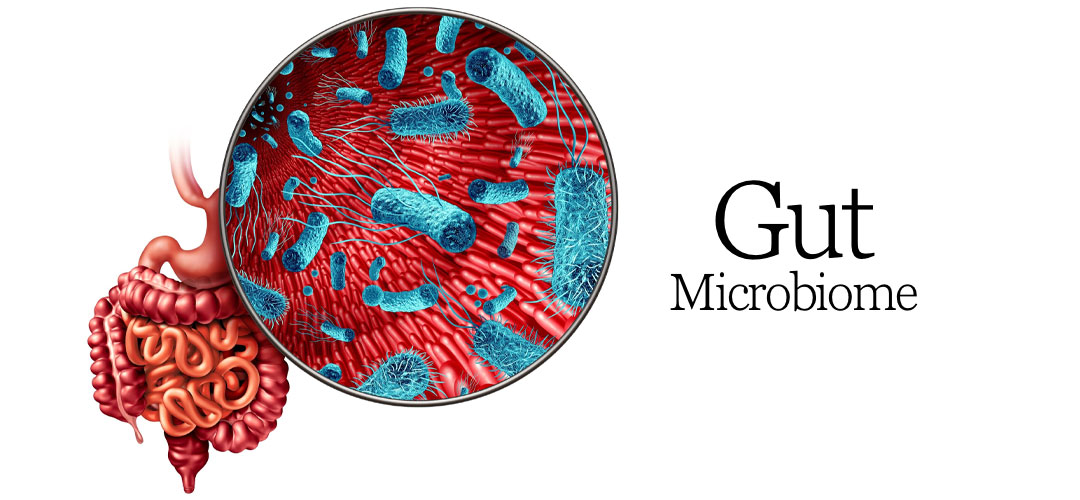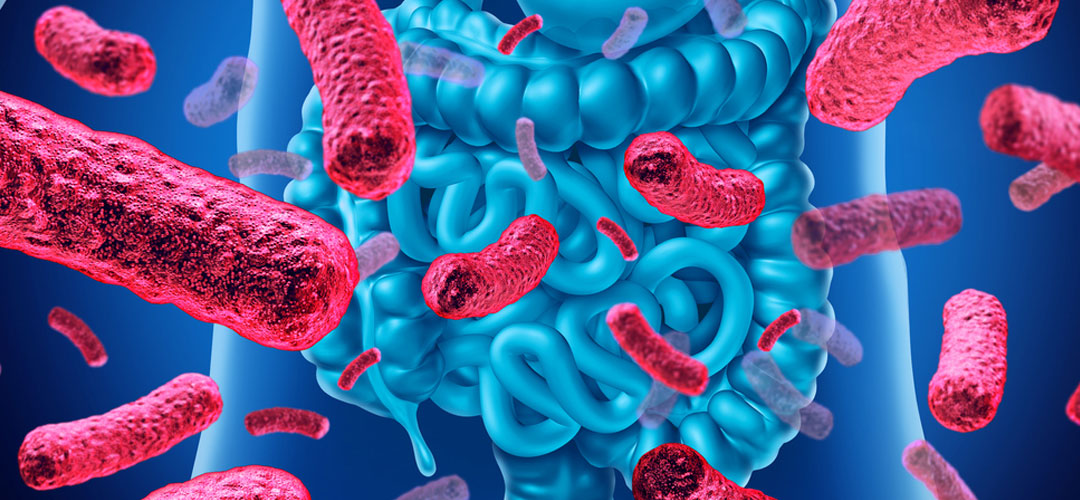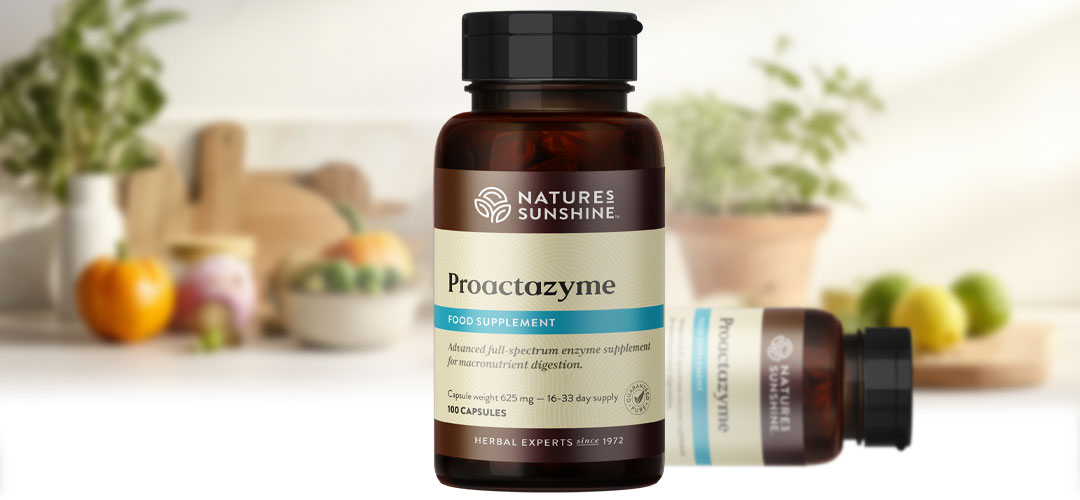
One of the most common reasons people make appointments to see me is that they are experiencing some discomfort in their gut.
This could include minor symptoms such as bloating, constipation/diarrhoea and abdominal pain to more serious conditions such as Ulcerative Colitis and Crohn’s disease.
Most people don’t appreciate that poor gut health can also lead to diverse and seemingly unrelated issues, such as lower back pain, fatigue, migraines, shoulder problems and autoimmune issues. For this reason, most kinesiology treatments will involve identifying and correcting imbalances within the gut. A healthy body needs a healthy gut.
• How the digestive system works
The purpose of our gut is to take in food, digest it, absorb the nutrition into the body and eliminate waste.
• Chewing and the stomach
The whole process begins in the mouth. The action of chewing not only mashes up the food, it also releases enzymes within the saliva which starts the breakdown of proteins. At this time, the level of acids in the stomach is raised. When the masticated food is swallowed it passes into the stomach, where most of the digestion takes place using stomach acids and enzymes. The result is a liquid called “chyme”, which is then passed to the small intestine.

• Small Intestine
The small intestine is where nutrients are absorbed through tight junctions in the lining, which is just one cell thick. This lining consists of many small finger-like projections known as villi, which increase the small intestine’s surface area, maximising absorption. Absorbed nutrients are passed into the hepatic portal vein to be directed to the liver, which will flush out toxins before passing the nutrients into the general bloodstream. The small intestine has three parts the Duodenum, Jejunum and Ileum.
The Duodenum is the shortest part that collects chyme from the stomach, digestive enzymes from the pancreas, and bile from the liver. The enzymes break down proteins into amino acids and the bile emulsifies fats to be broken down into fatty acids.
The Jejenum churns the food with the digestive juices. Most of the nutrient absorption happens here: glucose from carbohydrates, amino acids from proteins and fatty acids from fats.
The food spends the longest time in the Ileum, which is responsible for completing nutrient and vitamin absorption. Once the nutrients are absorbed the remainder is waste material which is passed into the large intestine via the Ileocecal Valve (ICV).
• Ileocecal Valve (ICV)
The function of the ICV is simple. It opens to allow waste material from the small intestine to pass into the large intestine. It should then fully close to ensure that toxic waste is not washed back into the small intestine.
• Large Intestine and Microbiome
The large intestine absorbs water and salts back into the body, leaving the remaining faecal matter to be eliminated through bowel movements. The majority of gut bacteria – the microbiome – resides in the large intestine.
Interestingly, an estimated 90% of all the DNA in your body is not actually you. We are hosts to many organisms and bacteria that work with us symbiotically. In return for providing them with a home, they help us digest food, produce vitamins such as vitamin K (essential to support blood clotting), and protect us from pathogens. An average person carries approximately 2kg of microbiome in their gut alone. Scientists have recently found that the vagus nerve, which connects the brain to our gut, actually carries 80% of the communication from the gut to the brain. Our gut can influence our behaviour and should be regarded as our second brain.
The composition of our microbiome is influenced by what we eat. If we eat food that is high in sugar, then that encourages the growth of bacteria that thrive on sugar. It is now believed that our gut bacteria can influence our desire for certain types of food, via the vagus nerve, which is one reason why people develop a sugar addiction.






